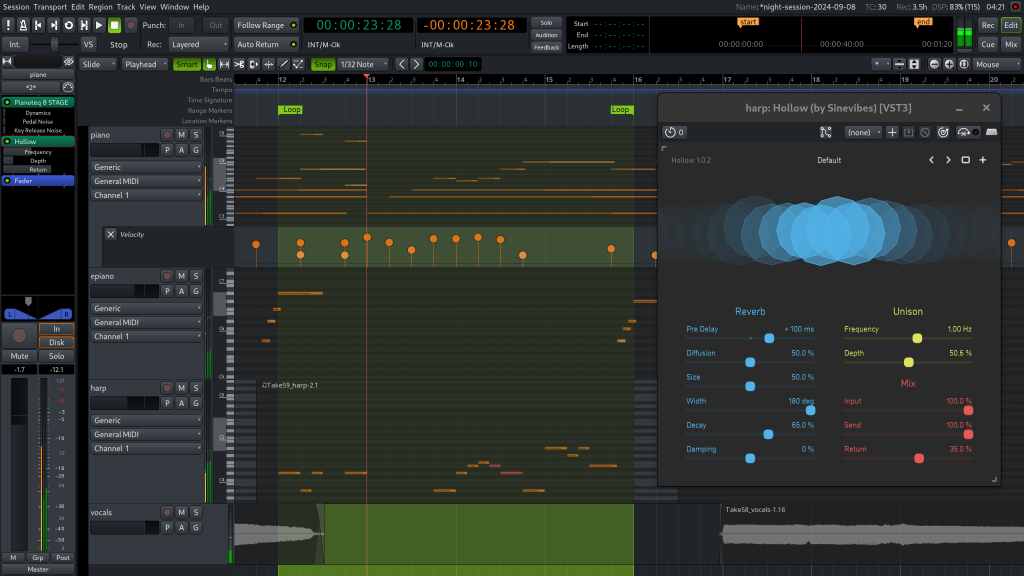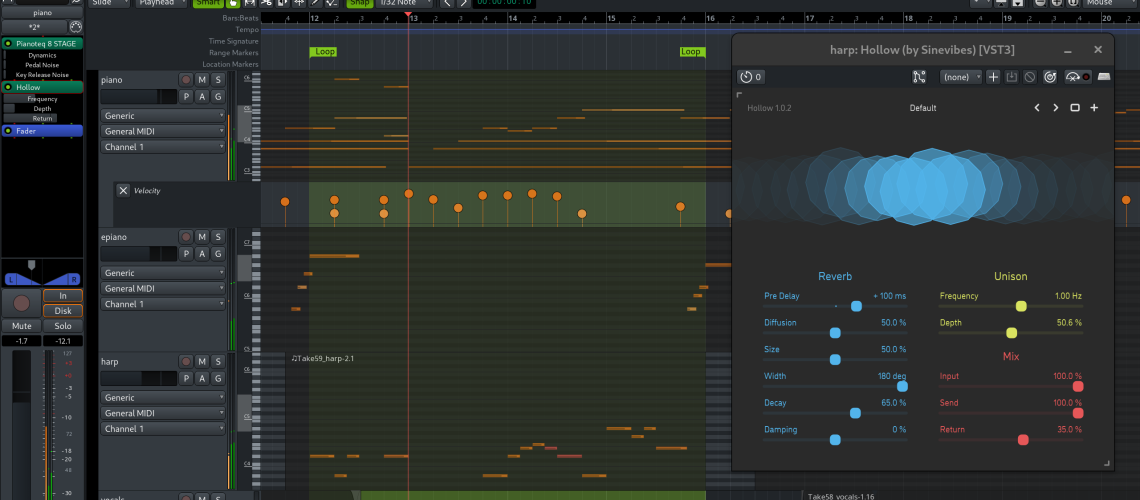Ardour, the criminally underrated free and open source DAW for Mac, Windows, and Linux, deserves more attention. Ardour 8.x is concluding in the lead-up to the next major release, Ardour 9. But that’s a perfect time to catch up: why Ardour matters, how it’s changed, and how-to videos to get you started. (Voice-activated recording!)
Why Ardour
Ardour serves a key role in the music software landscape, even if it’s not a household name. The free code base and community support give the DAW a direction that proprietary software can’t always take. Over the years, it’s also been a source of significant innovations. And while it’s great that proprietary software like Bitwig Studio can run on Linux, those free operating systems do need a fully free/libre DAW choice, too (not least because they can be built with the distro). None of that should dissuade you from running on macOS or Windows, either; a subscription of as little as $1 a month gets you access to pre-built software and supports development.
Ardour technology is also the basis of the excellent Harrison Mixbus and LiveTrax, in an unsung use case of open source technology that’s essential to many studio and live sound applications. That means what the community builds here has additional upstream, professional uses, with all the additional functionality, gloss, and support Harrison provides.

Ardour 8, lately
Now, if you’ve missed what’s been coming in recent Ardour 8 builds, there’s been some terrific stuff, with fixes through February 2’s Ardour 8.11.
The big addition has been cues (think “clips”), follow actions, and the like, which while they’re familiar from other DAWs take on some unique function and utility in the Ardour context:
Some other highlights as far as functionality:
- Track dragging
- MIDI Scene markers
- Parallel disk I/O and storage improvements (which evidently will impact Ardour 9)
- Plugin improvements (across LV2, VST3, and AU)
- Broad hardware support – like the Launchkey MK4 from Novation that I’ve written favorably about, including pointing out that it has a programmers’ guide
- Note splitting (or “tupling” but split and join makes more sense to me)
- No-strobe options (in 8.4) which removes a barrier to anyone sensitive to blinking
Ardour is sometimes way behind other DAWs – although other DAWs are sometimes way behind other DAWs. But it’s also often far ahead. Its rate of development follows Paul and those contributors and what the community is focused on, which is important in itself. And it has rich Lua scripting, extensive localization in multiple languages… the list goes on. I think because of that update cadence, I often miss stuff, but I’ll try to stay on top of Ardour 9.
Ardour how-to videos
Ardour has produced a bunch of great, quick, no-nonsense videos with advanced features and some beginner-friendly stuff.
And that includes cool ideas you might not know about, like voice-activated recording:
There’s a lot of nice MIDI control now, too (one of a multi-part series here). Custom maps are possible, but many controllers work now out of the box:




